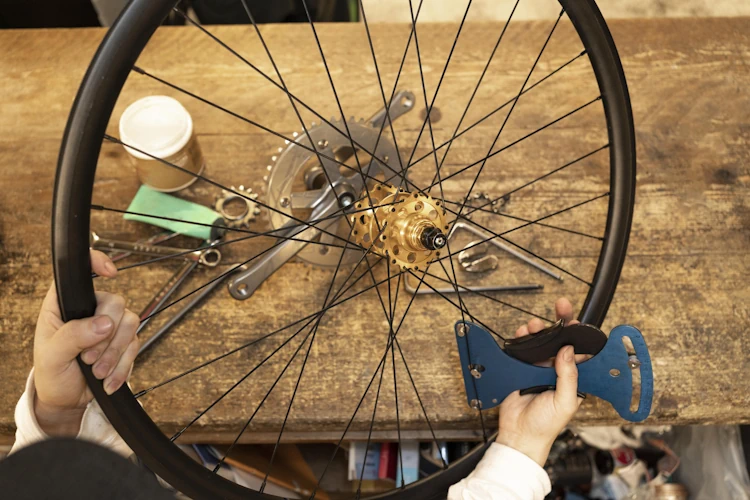Safety First: How Leaf Springs Improve Handling and Performance in 4WDs
Leaf springs are a crucial component of a 4WD’s suspension system, providing stability, control, and durability. They play a significant role in the vehicle’s handling and performance, especially during off-road driving. Here’s how leaf spring improve handling and performance in 4WDs:
Enhanced Load Capacity
Leaf springs are known for their ability to support heavy loads, making them ideal for 4WDs used for towing or carrying heavy cargo. They distribute the weight evenly across the vehicle’s axle, providing a stable and level ride.
Improved Suspension Travel
Leaf springs offer excellent suspension travel, allowing the wheels to move up and down more freely. This helps to absorb bumps and shocks, providing a smoother ride and improved traction on rough terrain.
Better Stability
Leaf springs provide better stability and control, especially when cornering or navigating uneven surfaces. They help to keep the vehicle’s body level, reducing body roll and sway, and providing a more comfortable and confident driving experience.

Rugged Durability
Leaf springs are known for their rugged durability, capable of withstanding the rigors of off-road driving. They are less prone to sagging or breaking, providing a reliable and long-lasting suspension solution for 4WDs.
Ease of Maintenance
Leaf springs are relatively easy to maintain, with fewer moving parts compared to other types of suspension systems. Regular inspection and lubrication can help keep leaf springs in optimal condition, ensuring continued performance and safety.
Frequently Asked Questions (FAQs)
- Can leaf springs be upgraded or modified to improve performance?
- Yes, leaf springs can be upgraded or modified to improve performance. Some 4WD enthusiasts choose to install aftermarket leaf springs with different spring rates or materials to achieve better handling and performance.
- Can leaf springs be adjusted for different loads or driving conditions?
- Yes, leaf springs can be adjusted by adding or removing leaves to accommodate different loads or driving conditions. This allows you to fine-tune the suspension for optimal performance and comfort.
- Are leaf springs suitable for off-road driving?
- Yes, leaf springs are well-suited for off-road driving, providing excellent load capacity, suspension travel, stability, and durability. They are commonly used in 4WDs and off-road vehicles for their reliability and performance.
- How long do leaf springs last?
- Leaf springs can last for many years, depending on factors such as driving conditions, vehicle weight, and maintenance. With proper care and regular inspection, leaf springs can provide reliable performance for the life of the vehicle.
- What should I do if my leaf springs become damaged or need repair?
- If your leaf springs become damaged or need repair, contact a qualified mechanic or suspension specialist for assistance. They can inspect the leaf springs, assess the damage, and recommend the appropriate repairs or replacements.
